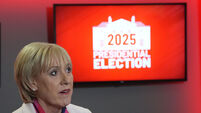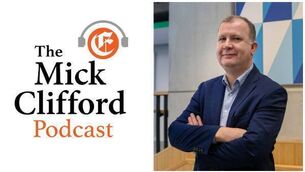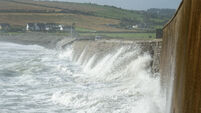Marina Market is what Cork City should be emulating, not closing down
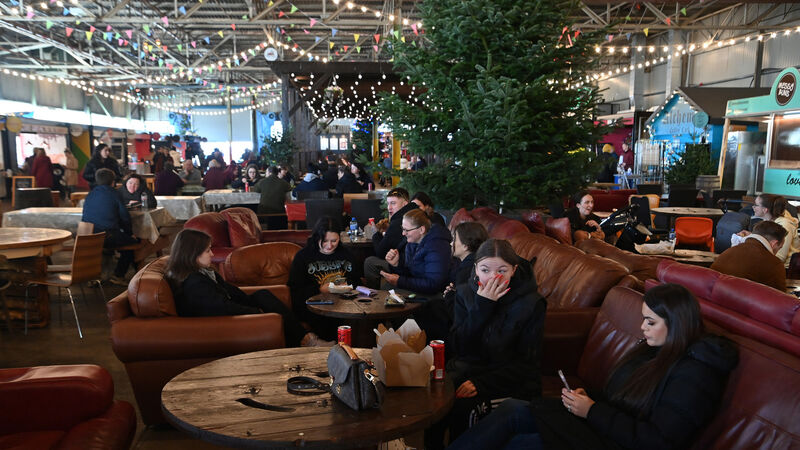
Marina Market is a place where families, groups of friends can meet, linger in a relaxed atmosphere with minimal plastic packaging and while hours away without spending a fortune. Picture: Dan Linehan
The Marina Market is one of the best things that emerged in Cork City post- pandemic.
The recent decision by planners to turn down an application from the company that runs the Marina Market for retention and expansion of the docklands venue has caused consternation throughout Cork.
Planners said infrastructure on Kennedy Quay is "insufficient for the existing and proposed use" and the new plans, if agreed to, would generate increased pedestrian, cyclist, and vehicle volumes "over and above historical uses".
In its decision, Cork City Council planners stated: "The proposed development is likely to endanger public safety by reason of traffic hazard and obstruction of road users and be detrimental to road safety."
The Port of Cork and Doyle Shipping Group have flagged concerns about "significant operational issues" that arise from its operation. The proximity to a chemical site, marked as a COMAH (Control of Major Accident) site, is also noted as a risk that could lead to serious danger to human health.
The former lord mayor of Cork City Mick Finn has stepped in and said he will be asking planners to reconsider their decision to reject the application, suggesting a balance between the need for such a facility and the absolute priority of public safety needs to be achieved.
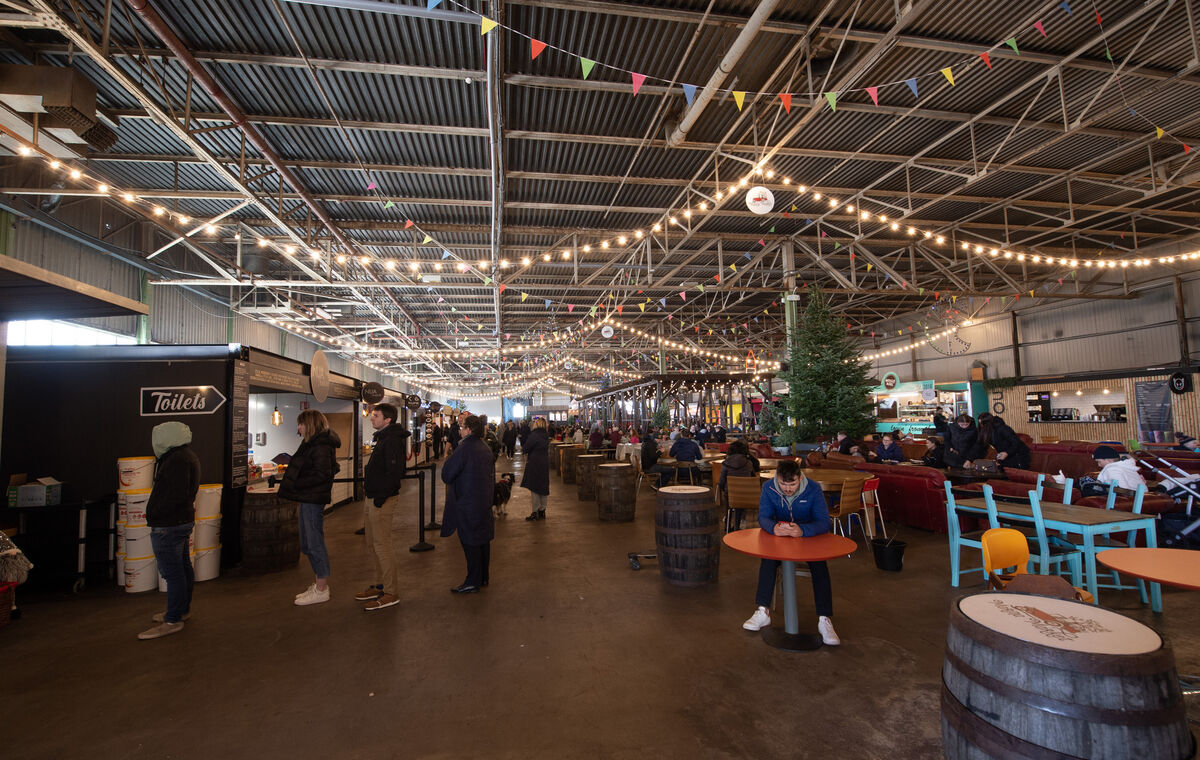
For a century, cities have been eroded by cars and congestion, with opportunities for social interaction dismissed.
An alternative is to imagine the places where we live being shaped around our social lives, making it easier for us to gather, shop, eat together, have fun, bring our dogs, and meet new people. Without the constant companion of alcohol.
Places that place an emphasis on good food — meat, vegetables, hot drinks, diverse options. Not another menu of burger, pizza, fries, and ketchup.
Where families, groups of friends can meet, linger in a relaxed atmosphere with minimal plastic packaging and while hours away without spending a fortune.
Sound familiar? Exactly what has been created in Marina Market.
Another example of a huge opportunity is Iveagh Markets on Francis St in Dublin’s Liberties. Built by the first Earl of Iveagh, it was gifted to the people of Dublin in 1906.
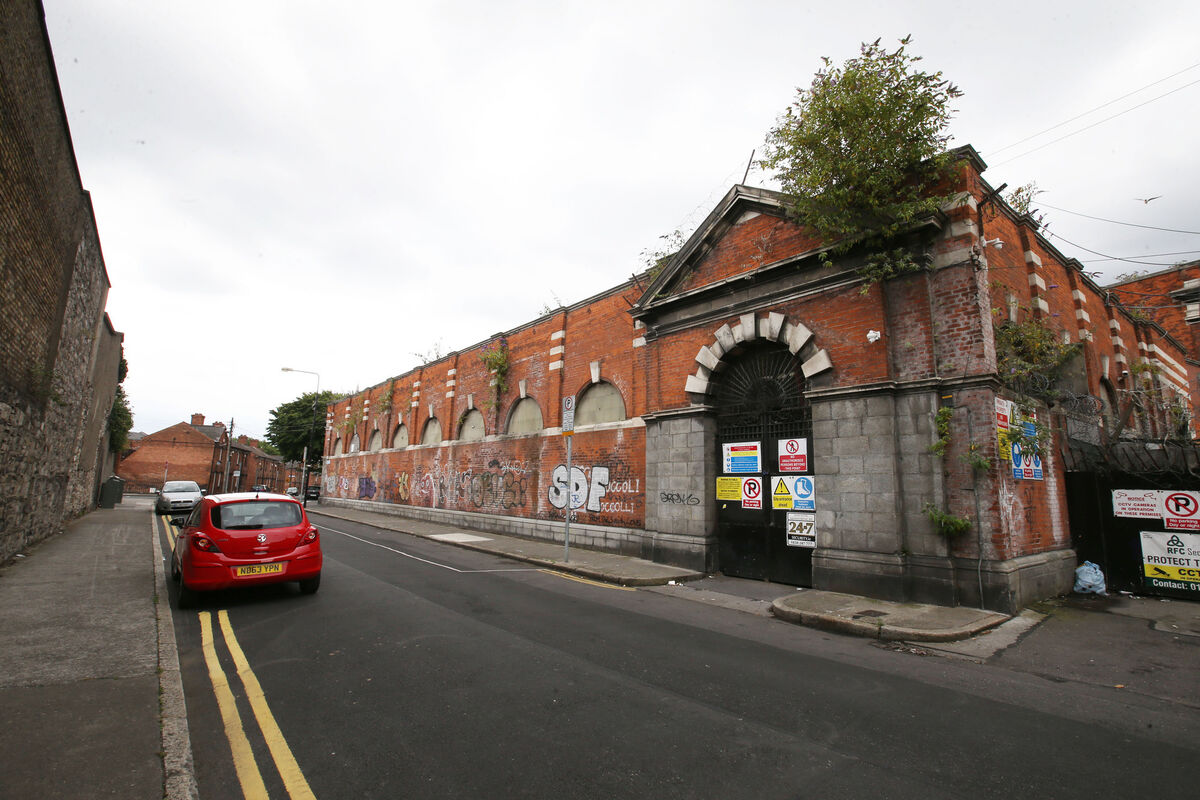
It has lain vacant and neglected for 25 years. Broken glass, rotting wood, rusted pillars — years of rain, storm damage and botched development attempts have left this once beautiful legacy to rot and decay.
But an ounce of imagination allows you to see the once graceful building with towering columns — filled with buyers and sellers, profiteers and begrudgers — bustling communities enjoying the goods, the company, the tastes, and smells of Dublin.
It is a piece of the social fabric of Dublin that has been casually thrown away. Is there any hope that this gracious indoor market can be saved?
Fred Kent of Social Life Project suggested in 2020 that cities need to place people as social beings front and centre and that the implications of taking this approach are enormous.
The pandemic demonstrated the reality of how important public spaces are in our everyday life. Streets and pavements became the focus of dining, walking, strolling, with all the chance encounters that that implies.
Building on these changes post-pandemic means taking the needs of communities into account and ensuring the way our communities change engender equity, wellbeing, and environmental sustainability. The Marina Market is the best of example of an open space in the city that does just that extremely well.
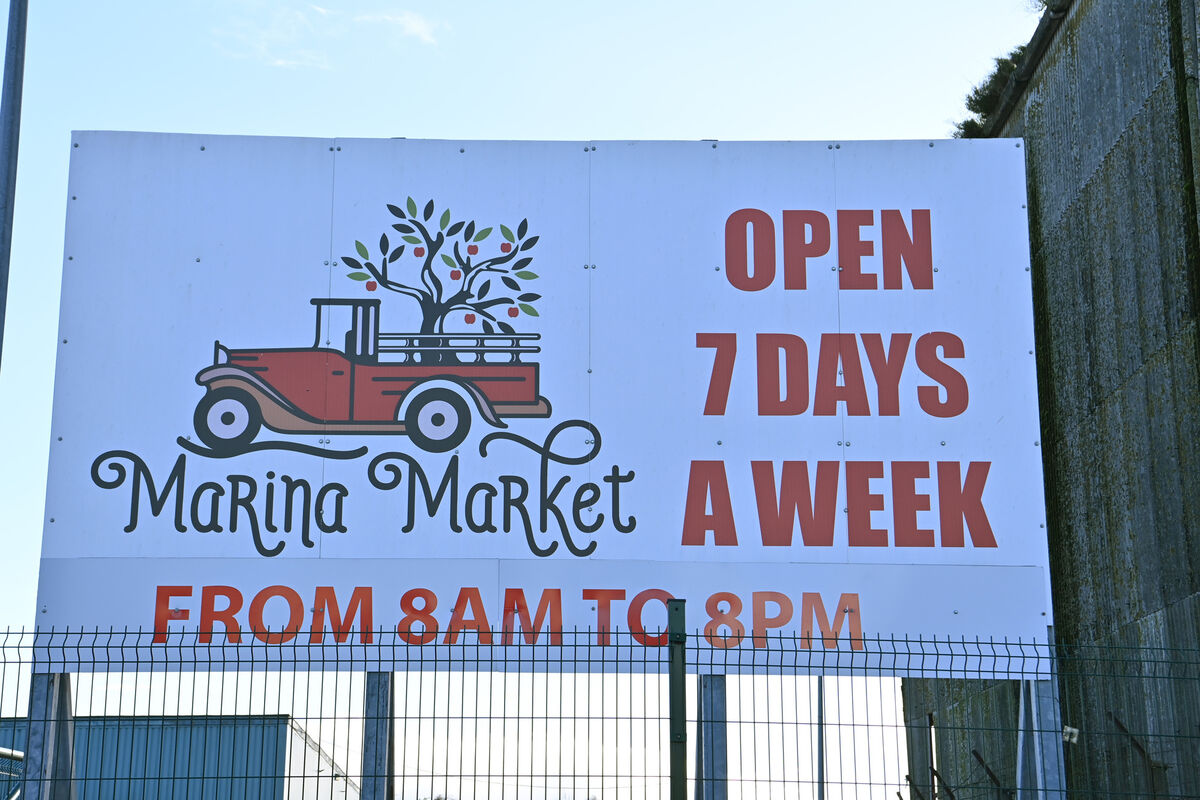
The question for city planners should not be about whether or not to close the market but how to maximise the development of similar venues throughout the city, while prioritising health and safety.
Planners need to look at our European neighbours and ask how they have been so successful at getting cars out of city centres entirely and why in a small city such as Cork, that is not entirely possible here.
Ljubljana, the capital of Slovenia, has transformed its historic centre into a car-free paradise. Since 2007, the city has been closing its centre to vehicles so that 12 hectares are now reserved for pedestrians and cyclists only.
Trees were planted along the banks of the Ljubljanica river. Car parks were repurposed as public spaces and cycling and public transport infrastructure improved. Carbon dioxide emissions have fallen by 70% and pollution levels by 58%.
Other cities across Europe have had the same idea. The centre of Oslo is now virtually car-free. Despite fears from business owners that trade would suffer as a result, there are now 10% more pedestrians in Oslo’s city centre.
Over 5 sq km of Paris will become car-free by 2024 in time for the hosting of the Olympic Games. "There are more of us fighting for a different vision of the world — a world that takes care of our most precious resources: the air we breathe, the water we drink, the places we share,’ said Anne Hidalgo, mayor of Paris.
Copenhagen, Munich, and Brussels all have similar car-free zones in their central districts.
New York City’s Open Streets programme grew out of a demand for more outdoor dining during the early phases of the pandemic. Creating traffic- free streets became a vital lifeline for businesses that embraced outdoor dining.
Now, a new city report found restaurants and bars on the most successful Open Streets reported stronger sales than those on similar streets with car traffic — and in some cases did better than they did before the pandemic.
Some Open Streets even attracted new restaurants and bars during the first 18 months of Covid-19, when many businesses remained closed or limited their operations.
The Open Streets programme, which was made permanent in 2021, has now enrolled more than 12,000 restaurants and bars. It is an "economic success story", said Janette Sadik-Khan, a former city transportation commissioner and a principal with Bloomberg Associates, which helped produce the report.
"This research shows how building street life builds community wealth," Ms Sadik-Khan said.
"New York offers cities evidence that the same strategies that can bring life into the open during a public emergency can also help cities recover long after."
Chris Bruntlett of the Dutch Cycling Embassy said many business owners believe their livelihood depends on two lanes of free-flowing traffic and two parking spaces outside their front door.
Except cars don’t have wallets, people do, and they’re far more likely to spend their time in serene, social, stimulating places."
I agree. St Patrick Street has widened pavements and restricted private car access as well as installing City Trees to reduce air pollution. But there is limited planting, outdoor seating, cafes or dining other than takeaways and fast food.
City planners could look to our European neighbours to make it a serene, social, stimulating place. On the first Sunday of every month, the entire length of the famous Avenue de Champs-Elysées is given over to pedestrians. Is that something we could consider?
We need to close our eyes, imagine how it could be and take a giant leap of ambition, for the health and wellbeing of all our citizens.







